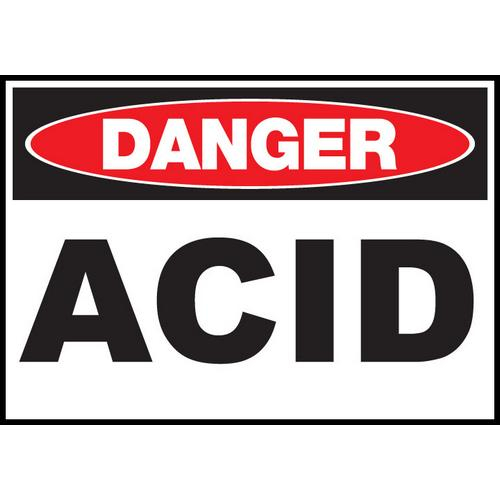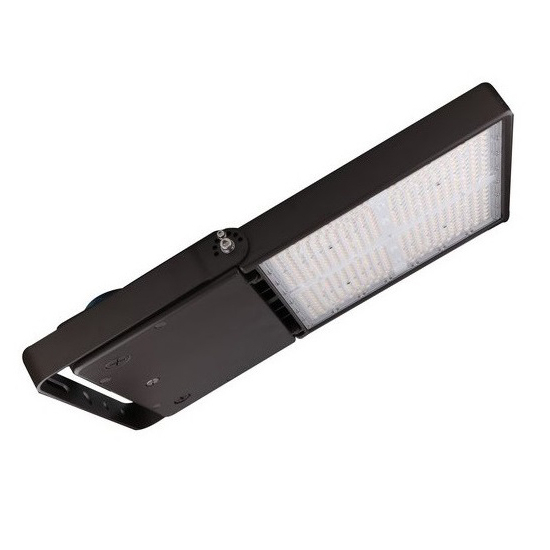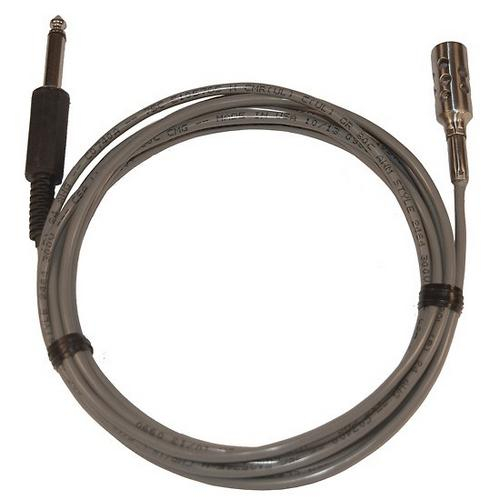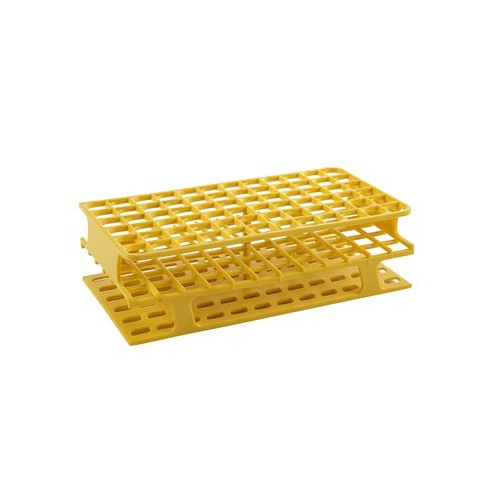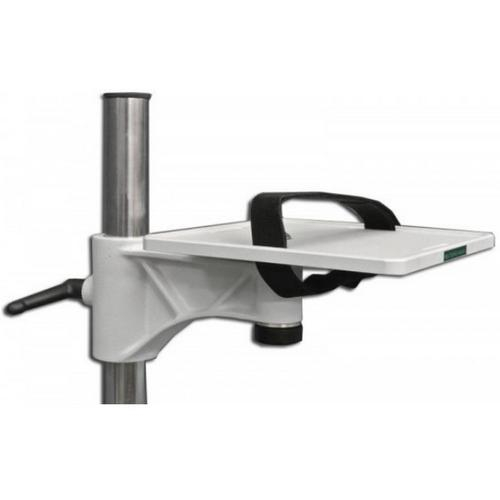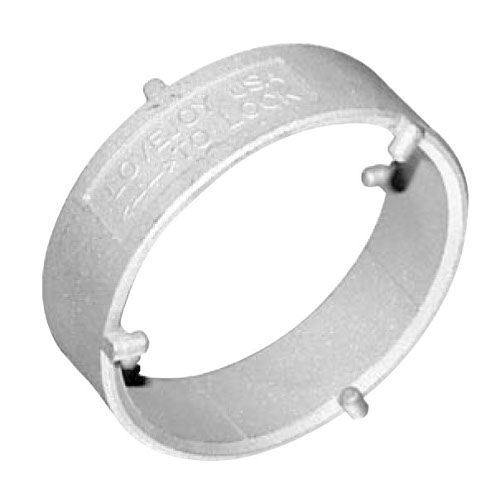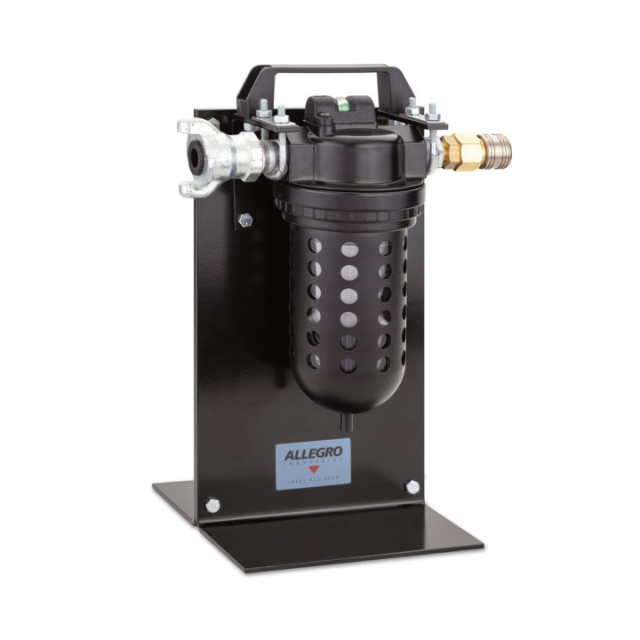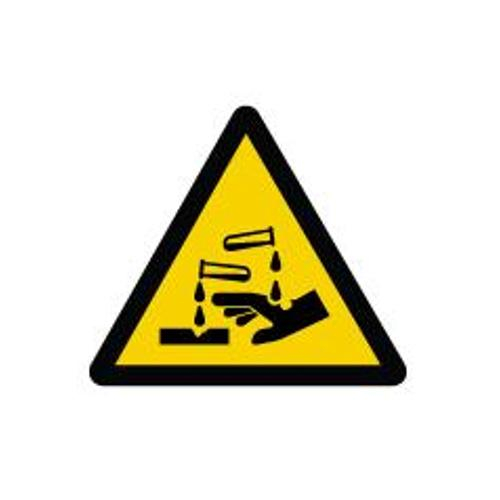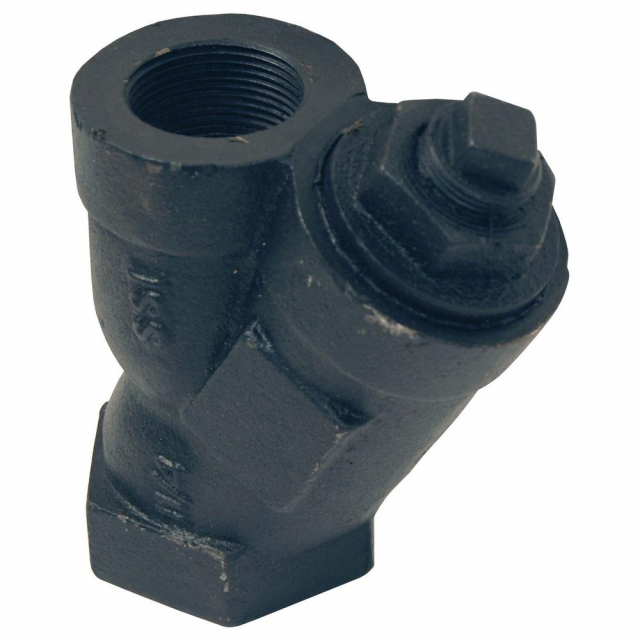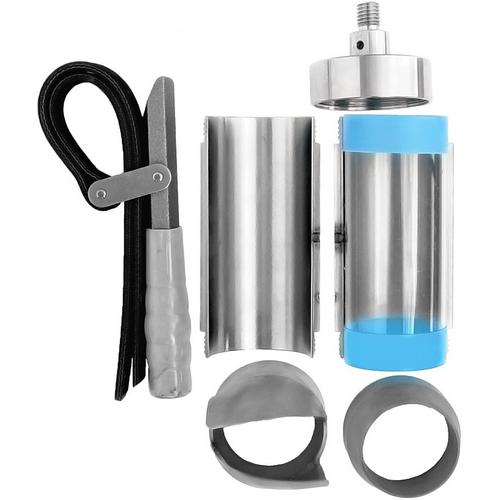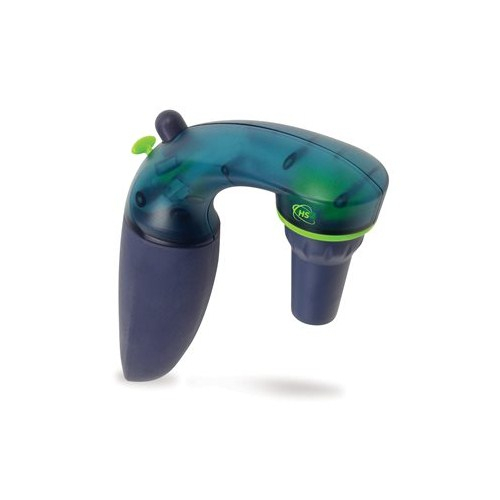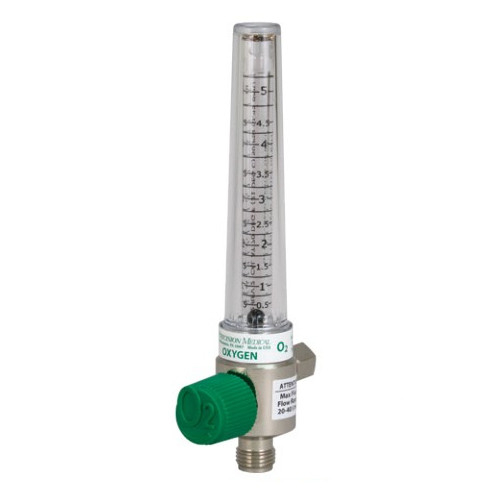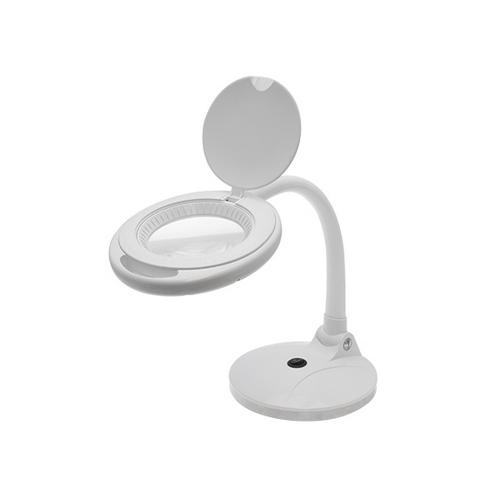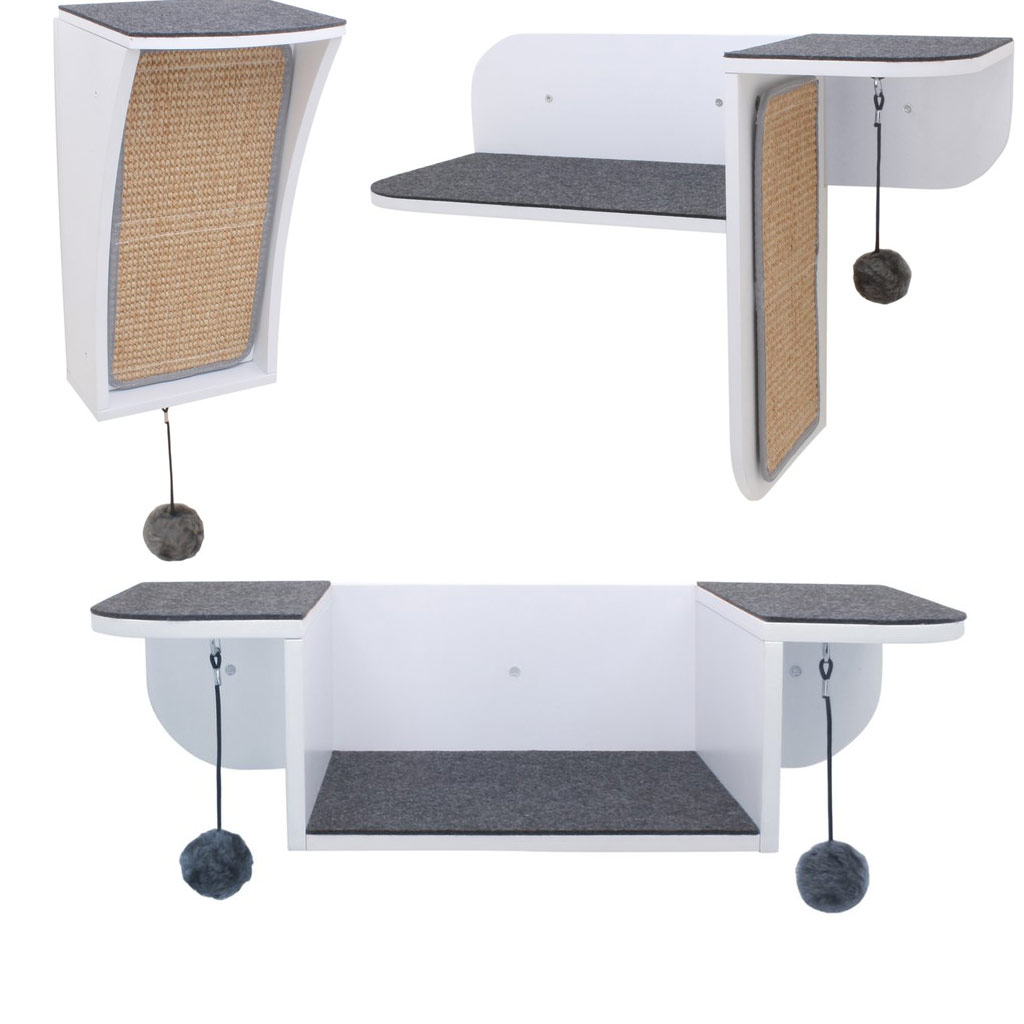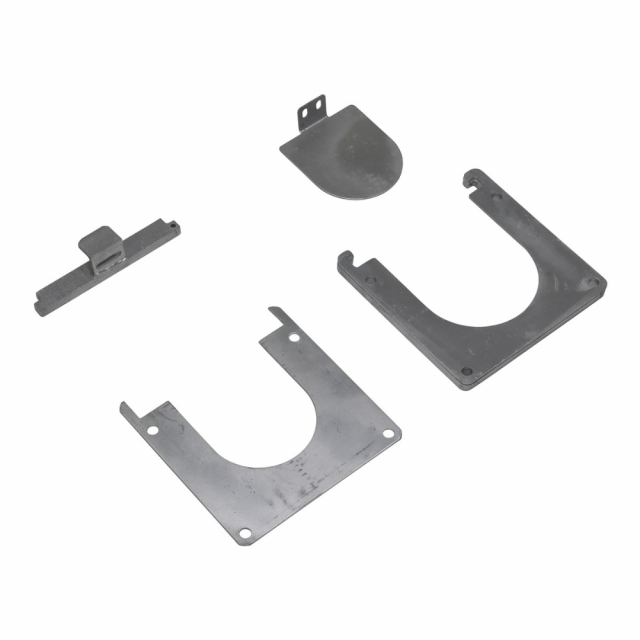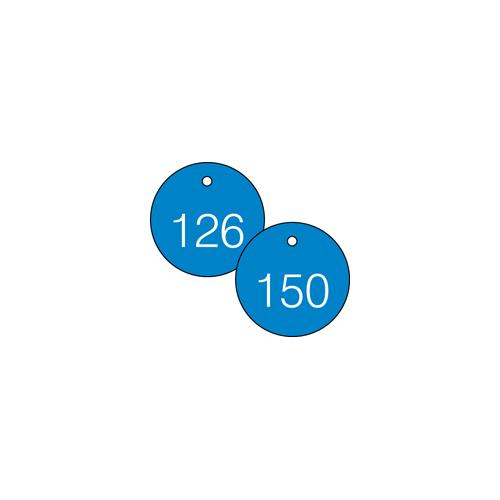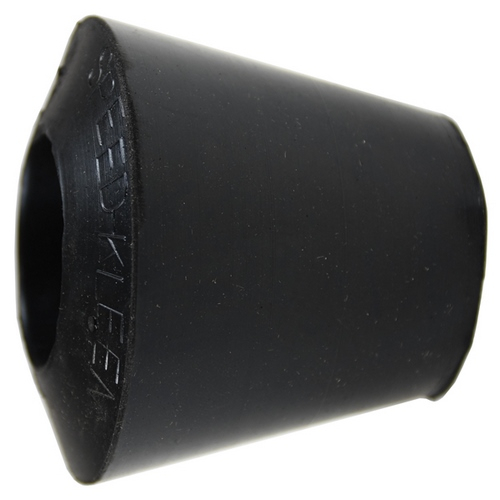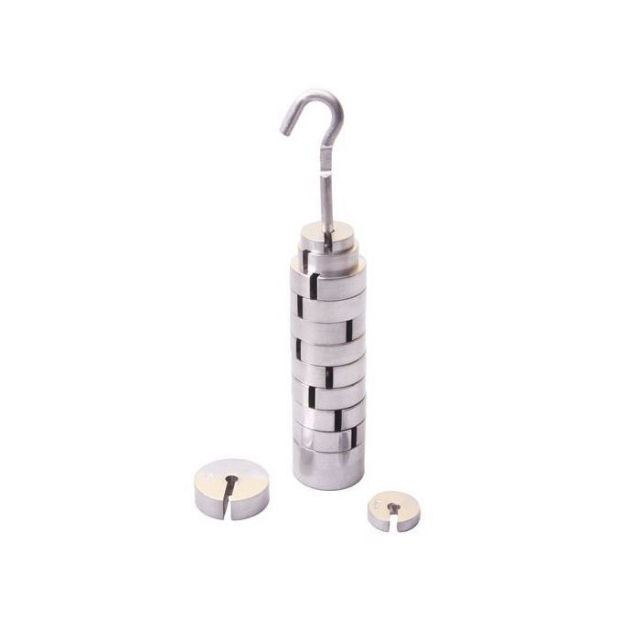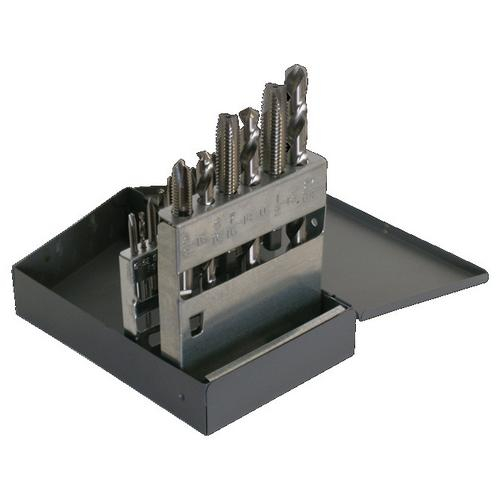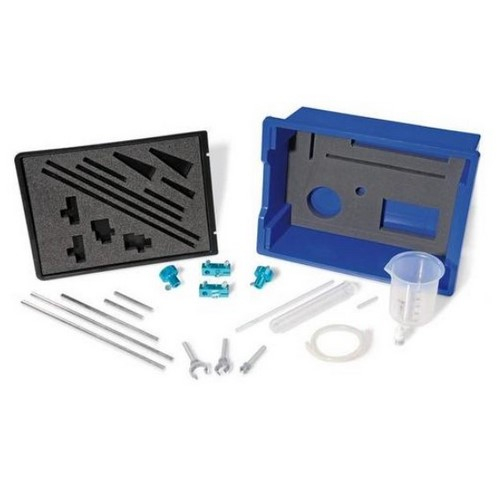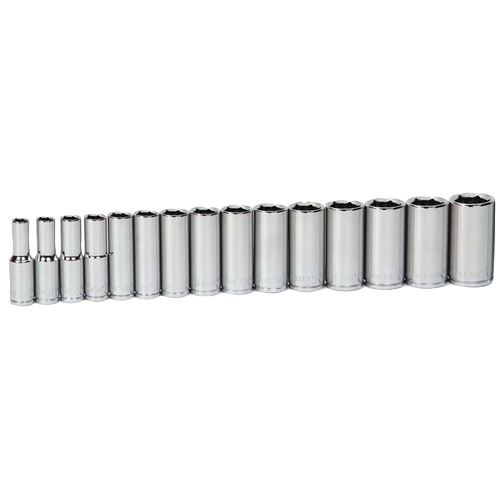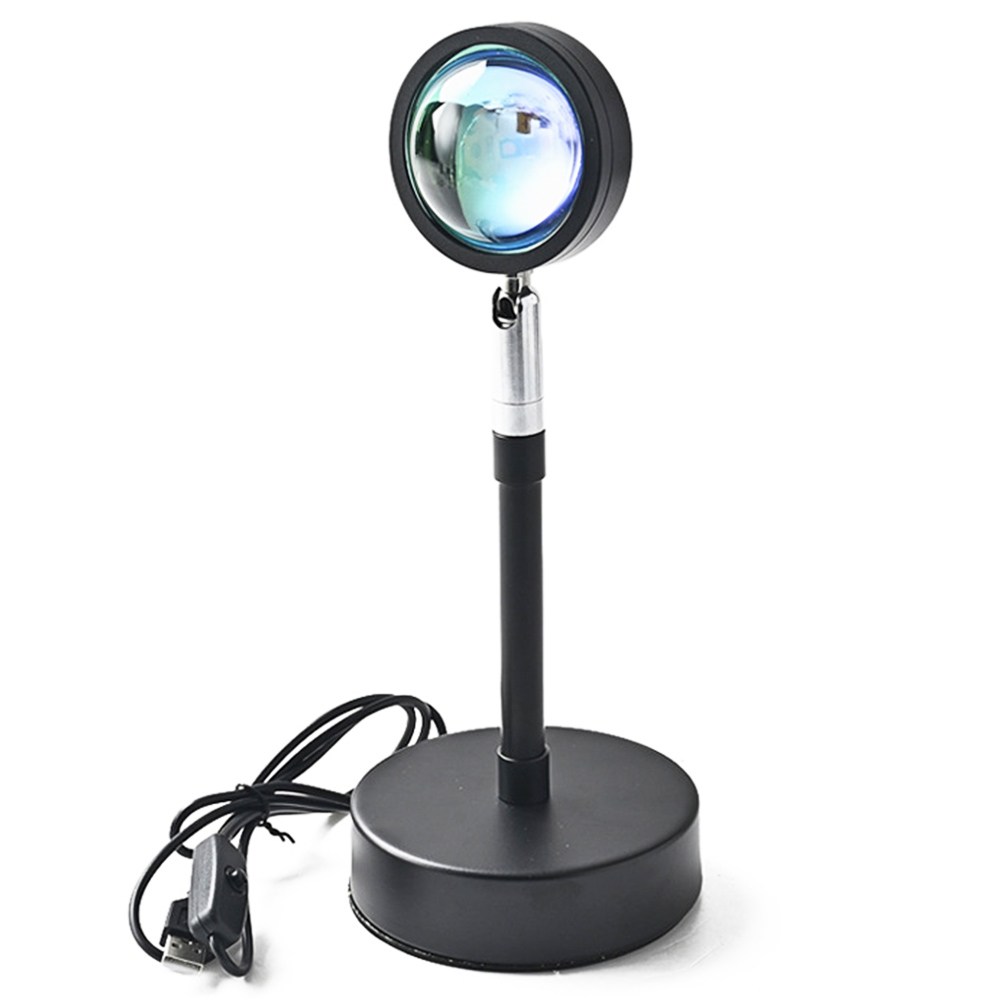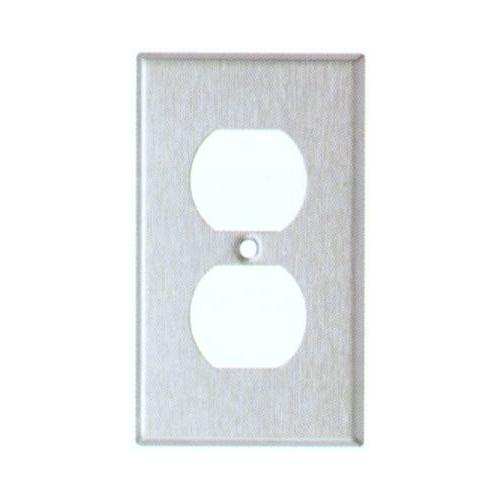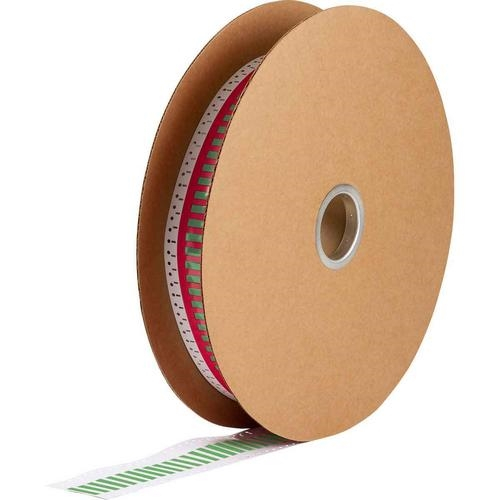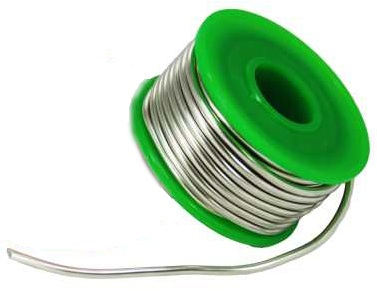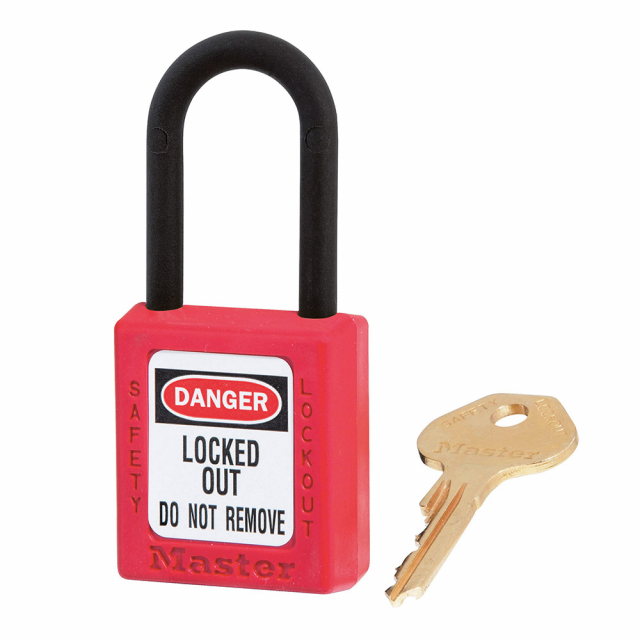Nanometer Alumina Polishing Slurry
Nanometer Alumina Polishing Slurry
Pace Technologies, NA-1005-16, Nanometer 0.05 um Polycrystalline Alpha Alumina Polishing Slurry, pH 10 (16 oz)Features:Improved surface finishes over gamma aluminaLess random scratchingHigher cutting rates than gamma aluminaMore uniform surface finishTighter particle size distributions than gamma aluminaLow viscosity for easy dispensingSemi-permanent suspensionsApplications:The most efficient polishing techniques are to initially wet the polishing cloth with the polycrystalline alumina slurry and then to slowly drip or spray the suspension onto the polishing cloth.Polycrystalline alumina is a colloidal alumina manufactured by a proprietary process. Polycrystalline abrasives are also milled at either a low or a higher pH in order to avoid agglomeration. The abrasive solution is maintained in solution to avoid aggregation. This processing offer two significant improvements over conventional calcined alumina processes:Tighter, more controlled particle size distributionsHarder alpha alumina crystalA tighter, more controlled particle size distribution is the result of less particle aggregation. For example, standard calcined 0.05 micron gamma alumina products from aggregate sizes as large as 5 microns. In some cases, these aggregate can be broken down during polishing with harder specimens; however, they are a problem when polishing soft metals (such as aluminum, tin, lead, copper and soft steels) with calcined alumina abrasives.Nanometer polycrystalline alumina is specifically milled to produce a much smaller aggregate particle size distribution (<0.5 micron). Polycrystalline alumina is also harder alpha alumina particle, therefore making it a more efficient cutting abrasive. Thus, polycrystalline alumina is a much more controlled polishing abrasive compared to calcined gamma alumina abrasives.In general, the more modern polycrystalline alumina abrasives outperform traditional calcined and levigated alumina abrasives for final polishing because they produce a much more consistent and better surface finish. ... Show More Show Less

 Copied
Copied 



